|
Getting your Trinity Audio player ready...
|
In today’s digital age, how do brands stand out and attract customers? With the rise of technology, traditional advertising methods are no longer enough. Brands need to adapt and use digital technologies to reach their target audience.
Digital technologies have revolutionized the way we interact with the world. From smartphones to social media, people are constantly connected to the internet. As a result, brands have shifted their focus toward digital marketing to stay relevant and engage with customers.
Successful brands understand the importance of using digital technologies to attract and retain customers. By leveraging social media, search engine optimization, and other digital tools, brands can create a personalized and engaging experience for their customers.
In this article, we will explore how brands are using digital technologies to attract customers and stay ahead of the competition.
Technology
Technology is the application of scientific knowledge to the practical aims of human life or, as it is sometimes phrased, especially in industry.
Examples of How Brands Attract Customers by Using Digital Technologies
1. Enhancing Customer Engagement through Augmented Reality (AR)
Businesses are constantly seeking innovative ways to captivate and engage their customers. One such technology that has gained significant traction is augmented reality (AR).
By blending the virtual world with the real world, AR provides an immersive and interactive experience that can elevate your brand’s engagement and leave a lasting impression on your audience.
Let’s explore some examples of how brands are leveraging AR to enhance customer engagement.
IKEA’s AR furniture placement app
IKEA, the global furniture giant, recognized the challenge customers faced when visualizing how furniture would look in their own spaces. To address this, IKEA developed an AR app that allows customers to virtually place furniture items in their rooms using their smartphones.
This enables customers to see how different pieces fit within their existing decor and make more informed purchasing decisions. By embracing AR, IKEA not only enhances customer engagement but also reduces the risk of buyer’s remorse.
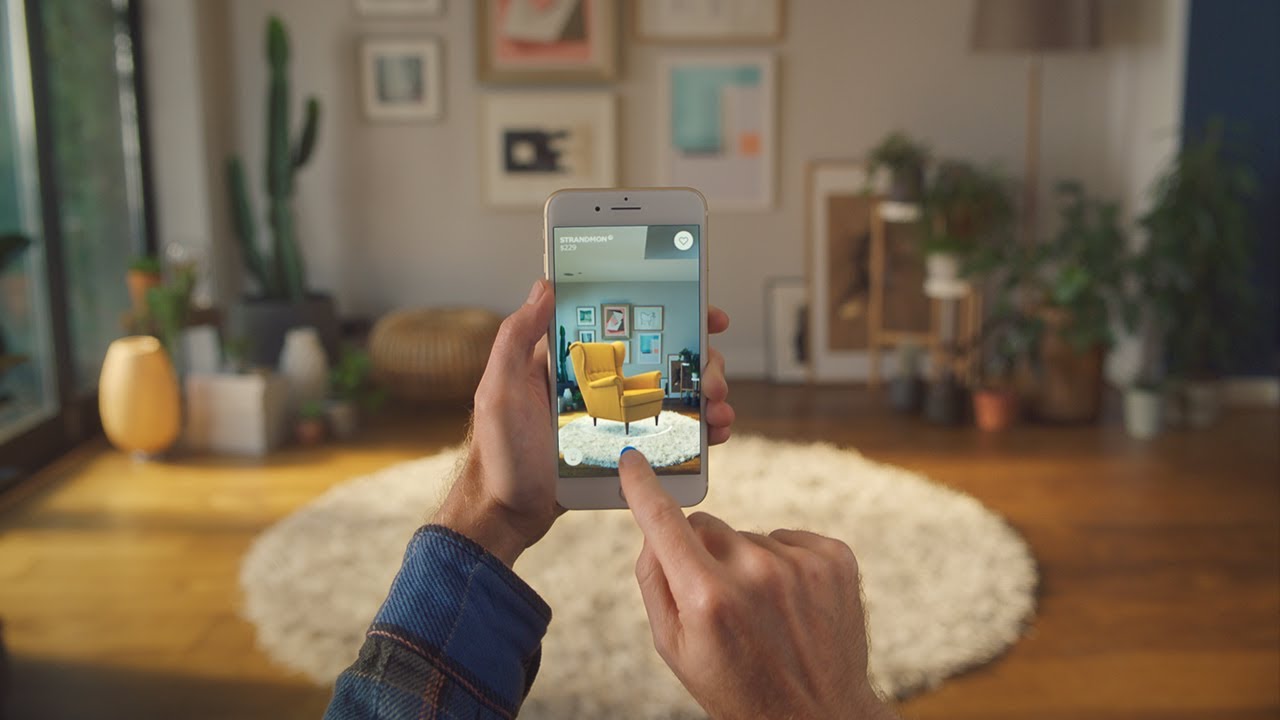
Sephora’s virtual makeup try-on experience
Sephora, the renowned beauty retailer, understands the importance of allowing customers to try on makeup before making a purchase. To bring this experience to the digital realm, Sephora introduced an AR feature in their mobile app that enables customers to virtually try on different makeup products.
By leveraging facial recognition technology, customers can experiment with various shades and styles, empowering them to make confident purchasing choices without the need for physical product testing.
Adidas’ AR shoe fitting feature
Buying shoes online can be challenging when it comes to finding the right fit. Adidas tackled this issue by incorporating AR into their mobile app. Customers can now point their smartphone cameras at their feet and see a virtual 3D model of the shoe overlaid on their feet.
This allows customers to gauge the fit and appearance of the shoes virtually, providing a more personalized and engaging shopping experience.
These examples demonstrate how brands are using AR to enhance customer engagement. By integrating AR technology into your digital marketing strategy, you can create memorable and interactive experiences that differentiate your brand from competitors.
Personalizing the Customer Experience with Artificial Intelligence (AI)
In today’s competitive business landscape, delivering a personalized customer experience is key to standing out from the crowd. Customers expect brands to understand their preferences, anticipate their needs, and provide tailored recommendations.
This is where Artificial Intelligence (AI) comes into play, revolutionizing the way businesses personalize their interactions with customers.
AI refers to the simulation of human intelligence in machines, enabling them to perform tasks that typically require human intelligence, such as understanding natural language, recognizing patterns, and making informed decisions.
By harnessing the power of AI, brands can analyze vast amounts of customer data, gain insights into individual preferences, and deliver personalized experiences at scale.
Let’s explore some examples of how brands are leveraging AI to create personalized customer experiences:
Netflix’s personalized recommendations algorithm
Netflix, the popular streaming platform, is renowned for its personalized recommendations. By analyzing user viewing patterns, genre preferences, and historical data, Netflix’s AI-powered algorithm suggests relevant movies and TV shows to each user.
This personalization not only enhances the user experience but also increases customer engagement and retention.
Amazon’s product recommendations based on browsing history
Amazon, the e-commerce giant, uses AI algorithms to provide personalized product recommendations to its customers. By analyzing a user’s browsing history, purchase behavior, and product interactions, Amazon suggests items that are likely to be of interest to the individual customer.
This personalized approach significantly enhances the shopping experience, driving customer satisfaction and increasing sales.
Spotify’s personalized playlists and music recommendations
Spotify, the popular music streaming platform, leverages AI to curate personalized playlists for its users. By analyzing listening history, music preferences, and user-generated data, Spotify creates customized playlists that cater to individual tastes and moods.

This personalization not only keeps users engaged but also encourages them to explore new music and artists, enhancing their overall experience with the platform.
These examples highlight how AI-powered personalization can transform the customer experience. By leveraging AI algorithms to analyze data and understand customer preferences, brands can deliver relevant and customized experiences that resonate with their target audience.
Leveraging Social Media Influencers and User-Generated Content (UGC)
In today’s digital age, social media has become a powerful platform for brands to connect with their target audience. One effective digital strategy that brands are using to attract customers is by leveraging the influence of social media influencers and harnessing the power of user-generated content (UGC).
Coca-Cola’s influencer-driven digital campaigns
Coca-Cola, a global beverage brand, has successfully collaborated with social media influencers to amplify its brand message.

By partnering with influencers who align with their target audience and brand values, Coca-Cola has been able to reach a wider demographic and generate authentic engagement. Influencers create content featuring Coca-Cola products, sharing their experiences and creating a buzz around the brand.
GoPro’s user-generated content-sharing platform
GoPro, a popular action camera brand, has built its brand around user-generated content. They have created a platform where customers can upload and share their thrilling videos and photos captured using GoPro cameras.
This approach not only showcases the capabilities of the product but also creates a community of passionate users who inspire and engage with each other.
Airbnb’s influencer partnerships and user-generated travel content
Airbnb, a leading online marketplace for accommodations, collaborates with influencers in the travel industry to showcase unique and inspiring travel experiences.
By partnering with travel influencers and encouraging users to share their travel stories and photos, Airbnb creates a sense of wanderlust and builds trust among potential customers. User-generated content serves as social proof, reinforcing the idea that Airbnb offers authentic and memorable travel experiences.

These examples demonstrate how brands are effectively using social media influencers and user-generated content to attract and engage customers.
By tapping into the reach and influence of trusted individuals and encouraging customers to share their experiences, brands can amplify their message, build credibility, and foster a sense of community around their products or services.
Streamlining Customer Service through Chatbots and Virtual Assistants
Delivering exceptional customer service is a key component of building a strong brand reputation. In today’s digital landscape, brands are leveraging chatbots and virtual assistants to streamline and enhance their customer service experiences.
Bank of America’s virtual assistant Erica
Bank of America has introduced Erica, an AI-powered virtual assistant that helps customers with various banking tasks. Through a mobile app or online platform, customers can interact with Erica to get answers to their banking queries, manage their accounts, and receive personalized financial insights.
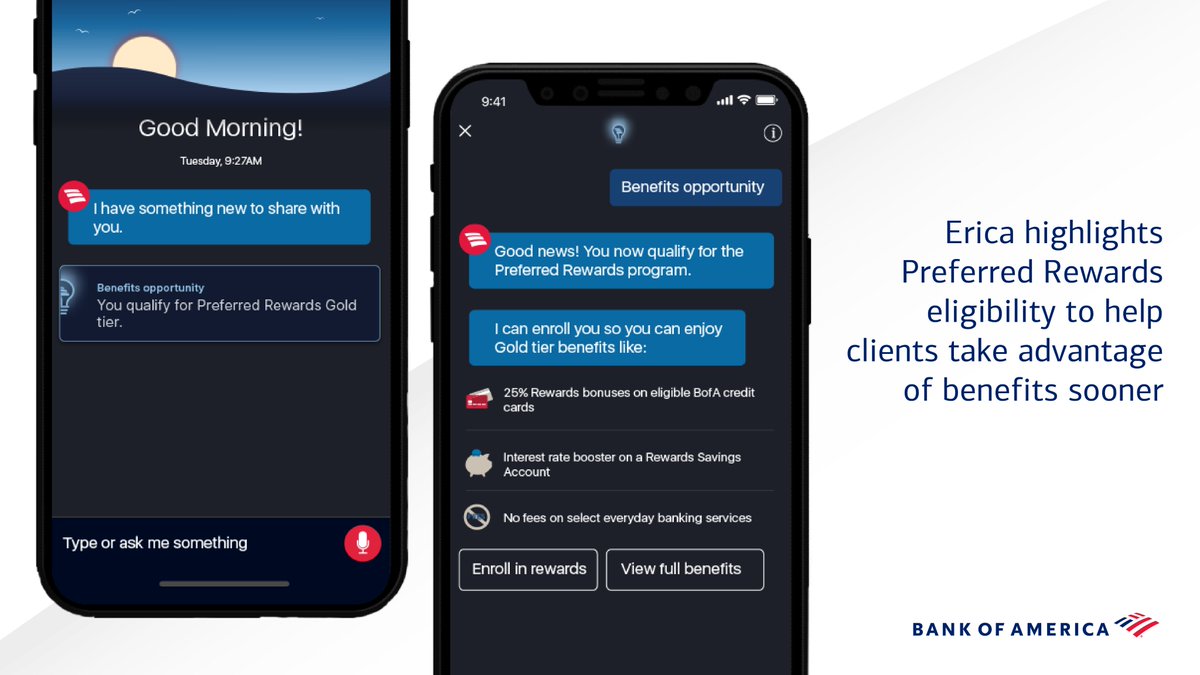
By offering a convenient and efficient self-service option, Bank of America enhances customer satisfaction and reduces the need for human assistance.
Domino’s Pizza’s chatbot for ordering and tracking
Domino’s Pizza has integrated a chatbot into its website and mobile app, allowing customers to easily place orders and track their deliveries. The chatbot provides a seamless and user-friendly interface for customers to customize their pizzas, select toppings, and make payments.
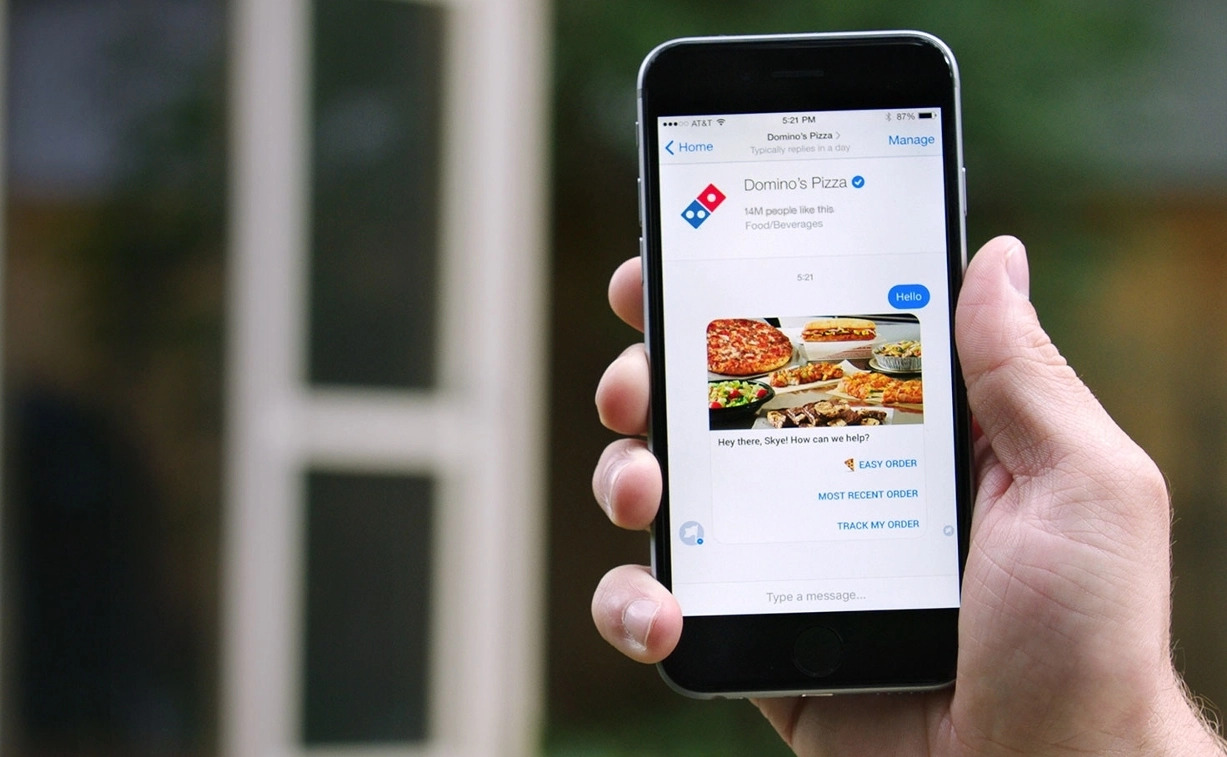
This automation not only simplifies the ordering process but also reduces the waiting time, resulting in a more satisfying customer experience.
Apple’s Siri and Google’s Assistant for customer support
Apple’s Siri and Google’s Assistant are voice-activated virtual assistants that provide support and information to users across various devices. Customers can ask questions, get recommendations, and receive assistance with their devices or software.
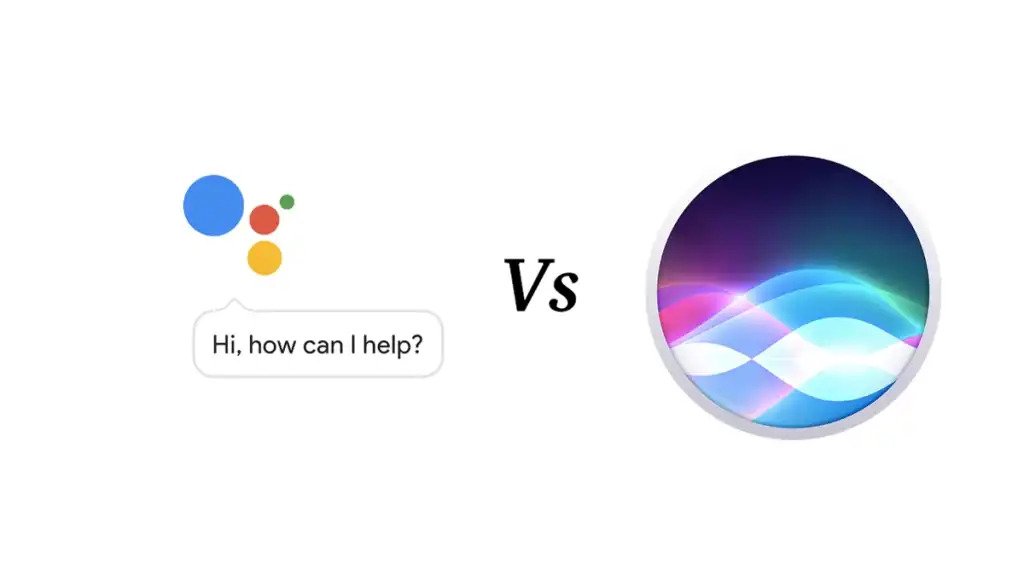
These virtual assistants offer quick and convenient solutions, making it easier for customers to troubleshoot issues and find relevant information without the need for human intervention.
By implementing chatbots and virtual assistants, brands can provide 24/7 customer support, reduce response times, and deliver consistent service across multiple channels. These technologies offer immediate assistance, personalized recommendations, and streamlined interactions, ultimately improving the overall customer experience.
Harnessing the Power of Data Analytics and Customer Insights
In today’s data-driven world, brands have access to vast amounts of customer data. By harnessing the power of data analytics and customer insights, businesses can gain valuable information about their customers’ behaviors, preferences, and needs.
This knowledge empowers brands to create targeted marketing campaigns, personalize customer experiences, and make data-driven decisions to drive business growth.
Starbucks’ mobile app and loyalty program
Starbucks, known for its exceptional customer experience, uses its mobile app and loyalty program to gather valuable customer data. Through the app, customers can conveniently place orders, make payments, and collect rewards.

Starbucks leverages this data to understand individual customer preferences, such as preferred drinks and purchasing patterns. With this information, they can personalize offers, recommend new products, and deliver a tailored experience that keeps customers engaged and coming back for more.
Netflix’s data-driven content recommendations
Netflix, the popular streaming service, leverages data analytics to provide personalized content recommendations to its users. By analyzing viewing habits, ratings, and genre preferences, Netflix suggests relevant shows and movies to each user, creating a customized viewing experience.
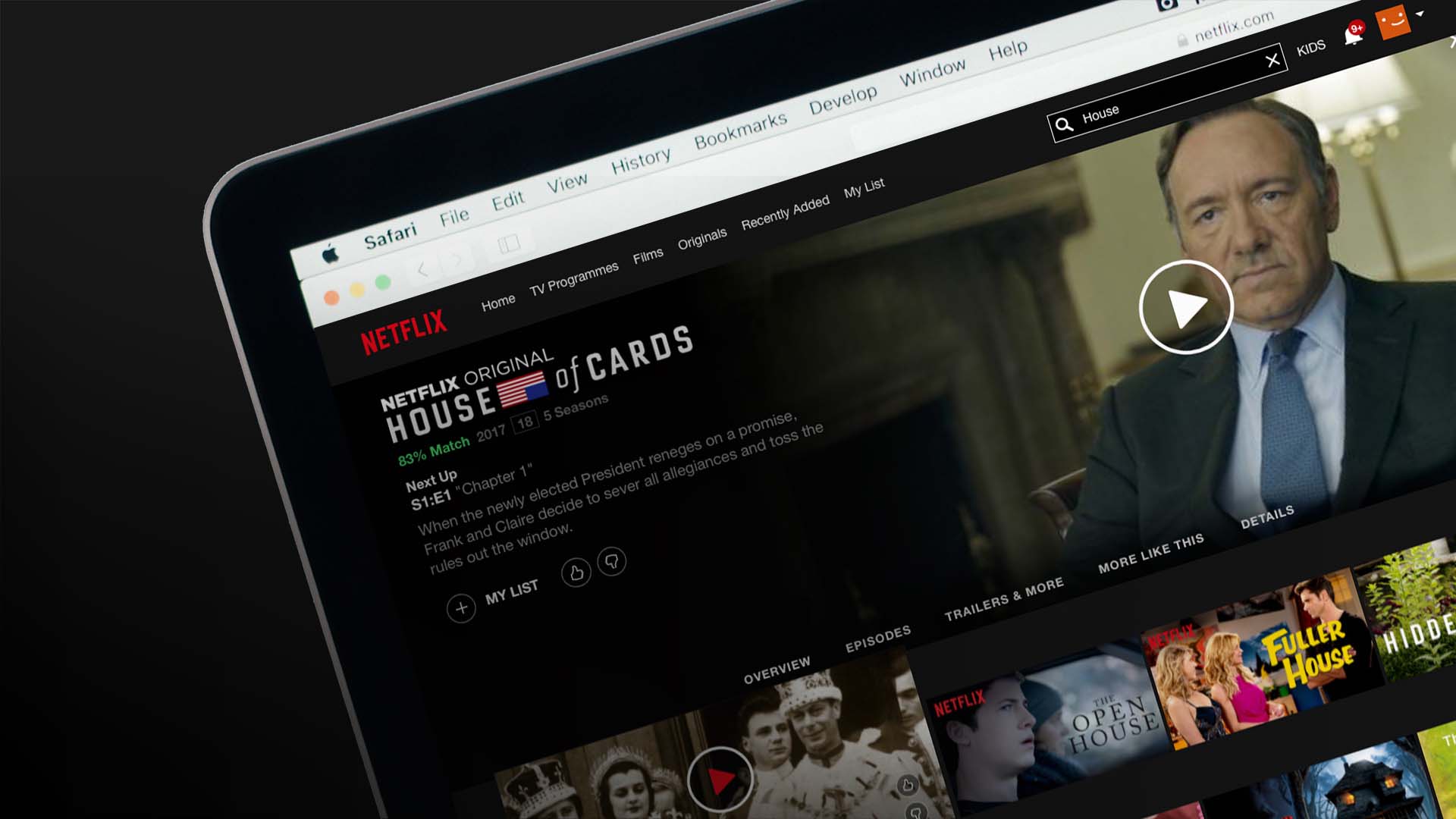
This level of personalization enhances user engagement and satisfaction, leading to increased customer loyalty and longer subscription durations.
Walmart’s personalized offers based on shopping patterns
A retail giant, Walmart uses data analytics to provide personalized offers to its customers. By analyzing past purchase history, Walmart can identify customer preferences and shopping patterns.
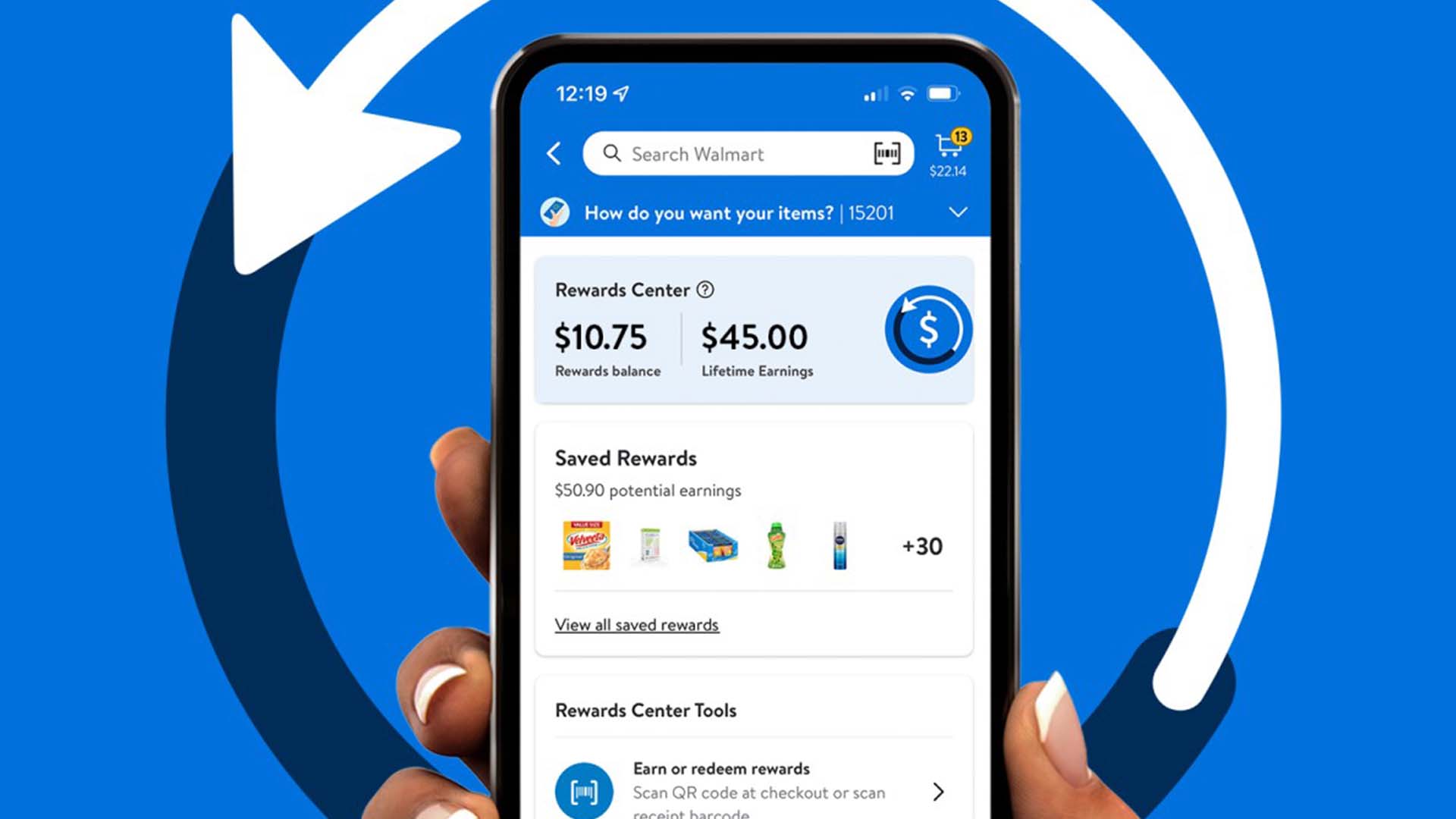
They then deliver targeted discounts, coupons, and recommendations that align with each customer’s interests. This personalized approach not only increases customer engagement but also drives sales and builds loyalty.
By leveraging data analytics and customer insights, brands can better understand their target audience, identify trends, and tailor their marketing strategies accordingly. This data-driven approach allows businesses to optimize their marketing spend, improve customer satisfaction, and stay ahead of the competition.
Creating Immersive Experiences with Virtual Reality (VR)
Virtual reality (VR) technology has revolutionized the way brands engage with their customers by creating immersive experiences that transport them to virtual worlds. Through VR, brands can provide unique and memorable interactions that leave a lasting impression on customers.
Let’s explore some examples of brands that have successfully incorporated VR into their marketing efforts.
Volvo’s virtual test drives and car configurator
Volvo, a renowned automotive brand, has used VR to offer virtual test drives and a car configurator experience. Prospective customers can put on a VR headset and experience driving a Volvo car in a simulated environment.
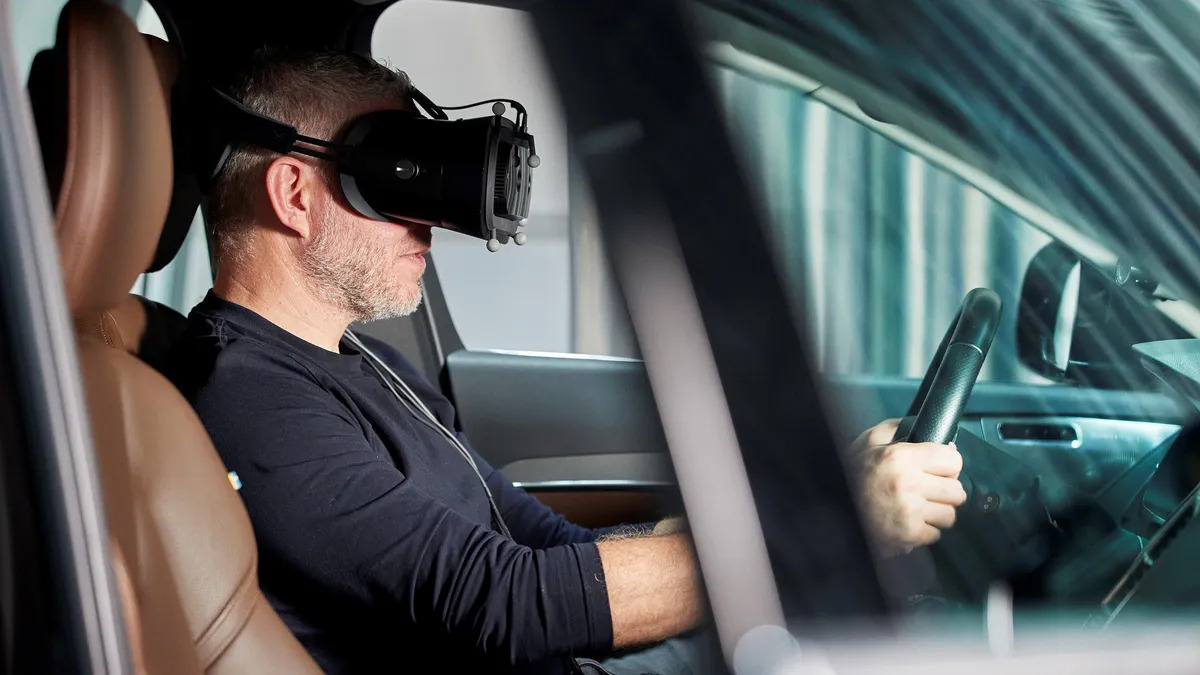
They can also customize the car’s features, explore different options, and visualize their dream car in a highly immersive way.
This VR experience enhances customer engagement, enables better product understanding, and helps customers make informed purchase decisions.
Marriott’s VR travel experiences
Marriott Hotels has embraced VR to provide virtual travel experiences to potential customers. Through their “VRoom Service,” guests can request a VR headset and enjoy 360-degree virtual tours of Marriott’s destinations around the world.
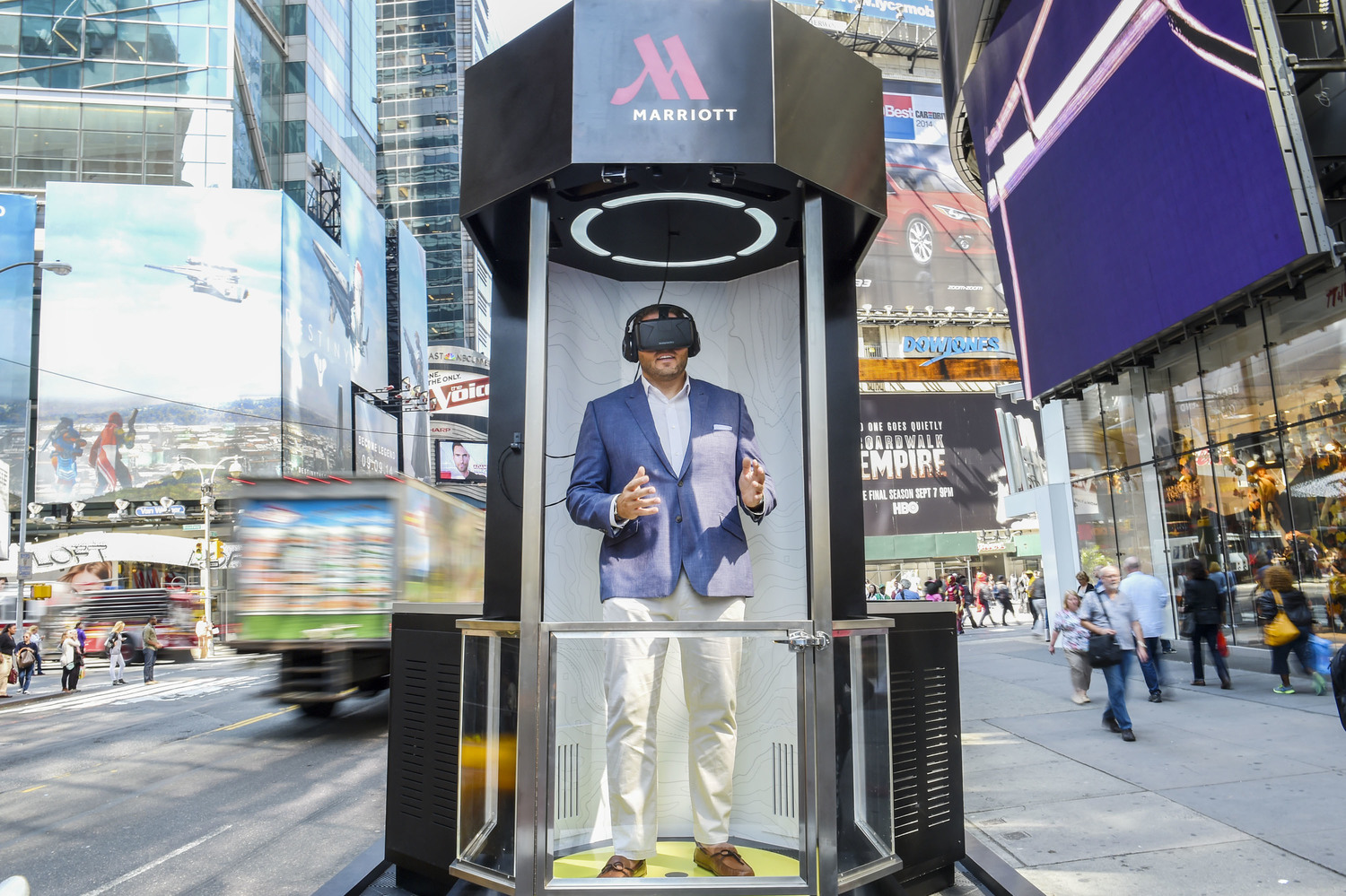
This immersive experience allows customers to explore hotel rooms, amenities, and local attractions, giving them a taste of what to expect before booking their stay.
By leveraging VR, Marriott enhances the pre-booking experience, captures customer interest, and differentiates itself in a highly competitive industry.
National Geographic’s VR documentaries
National Geographic has leveraged VR technology to bring its documentaries to life. Through VR headsets, viewers can immerse themselves in captivating environments, such as exploring the depths of the ocean or venturing into remote landscapes.
This immersive experience takes storytelling to a whole new level, allowing viewers to feel like they are part of the narrative. By using VR, National Geographic enhances audience engagement and delivers an unforgettable educational experience.
By embracing VR technology, brands can create unique and immersive experiences that captivate their audience, forge emotional connections, and leave a lasting impact. VR has the power to transport customers to new realities, making them more likely to remember and engage with the brand.
Embracing Voice-Activated Technology and Smart Speakers
Voice-activated technology and smart speakers have gained tremendous popularity in recent years, revolutionizing the way customers interact with brands. Through voice commands, customers can now perform various tasks, access information, and make purchases conveniently.
Let’s explore some examples of brands that have effectively leveraged voice-activated technology to enhance customer interactions.
Amazon’s Alexa-powered Echo devices for voice shopping
Amazon’s Echo devices, powered by the virtual assistant Alexa, have transformed the way customers shop. With a simple voice command, users can add items to their shopping lists, reorder products, and even make purchases directly through their Echo device.

This seamless integration of voice technology with e-commerce provides customers with a hands-free and convenient shopping experience, enhancing customer engagement and loyalty.
McDonald’s voice-enabled ordering through Google Assistant
McDonald’s has embraced voice technology by enabling voice-activated ordering through Google Assistant.
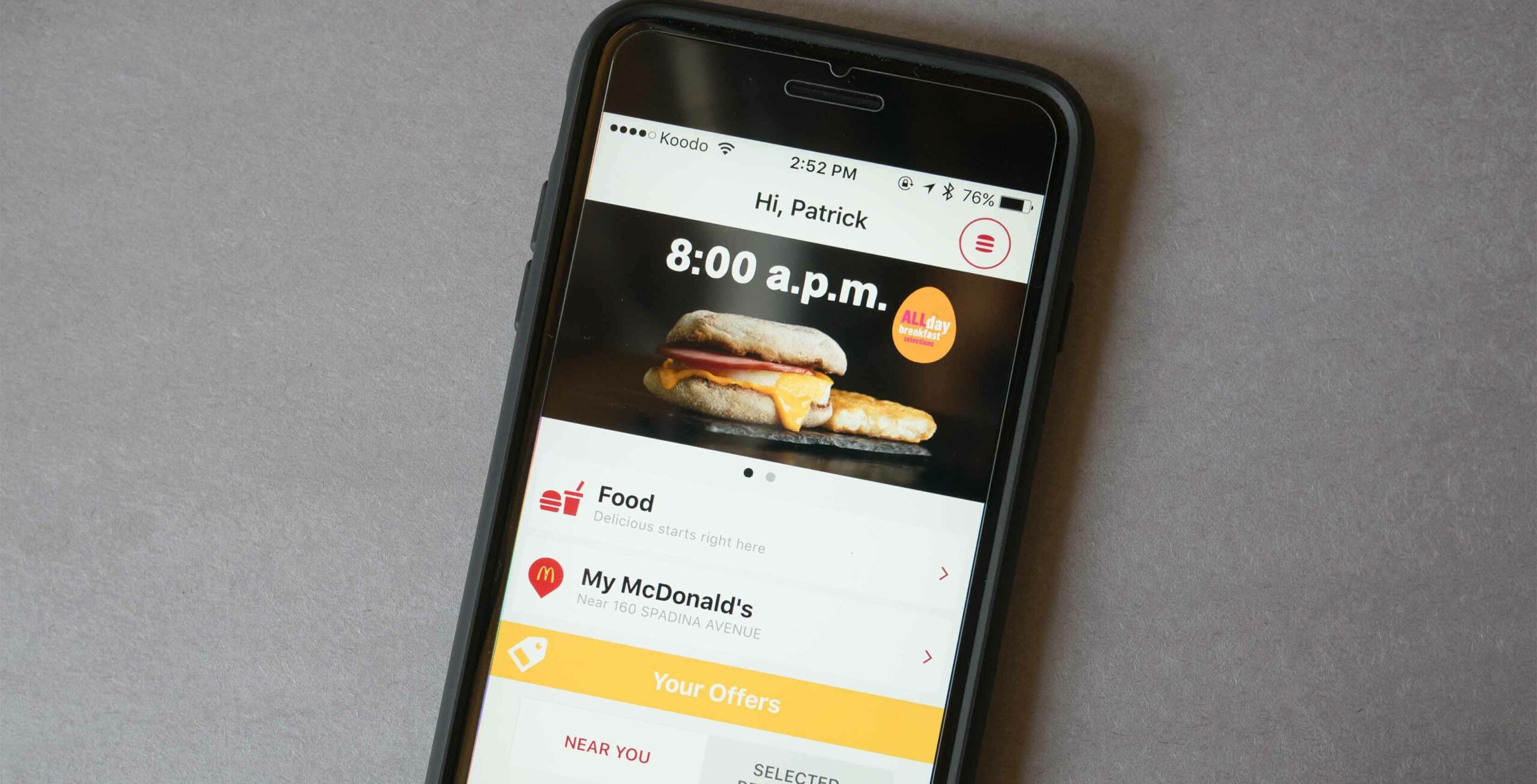
Customers can use their smartphones or smart speakers to place their McDonald’s orders by simply speaking their preferences. This innovative approach streamlines the ordering process, saves customers’ time, and offers a convenient alternative to traditional methods.
By adopting voice-activated technology, McDonald’s enhances customer convenience and positions itself as a forward-thinking brand.
BMW’s integration with smart speakers for vehicle control
BMW has integrated its vehicles with popular smart speakers, such as Amazon Echo and Google Home, allowing customers to control various aspects of their cars using voice commands.
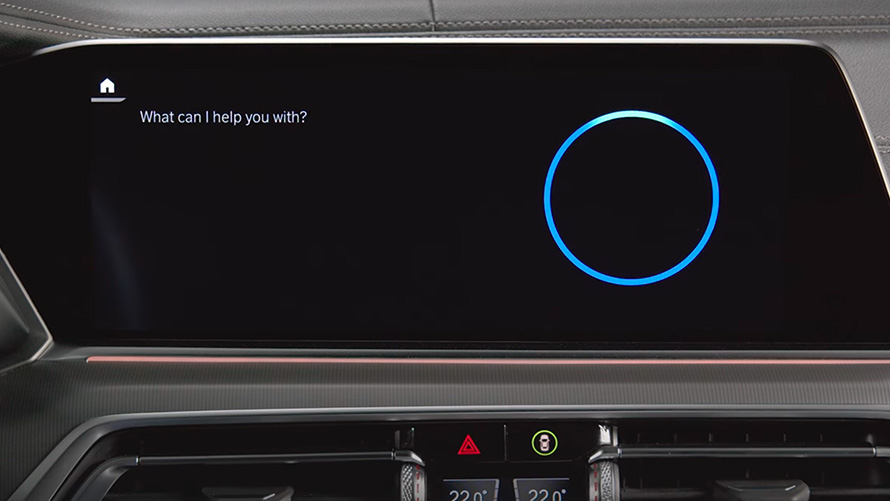
Customers can lock/unlock doors, check fuel levels, adjust temperature settings, and even start the engine without physically interacting with the vehicle.
This integration of voice technology enhances the driving experience, adds convenience, and showcases BMW’s commitment to innovation and customer-centricity.
By embracing voice-activated technology and smart speakers, brands can provide customers with seamless and intuitive interactions, simplifying processes and enhancing convenience. Voice technology enables hands-free and efficient experiences, allowing customers to engage with brands effortlessly.
Grow with Technology
Digital technology empowers your brand to deliver tailored content, streamline customer service, and gather valuable insights for informed decision-making.
As technology continues to evolve, your brand must stay abreast of the latest trends and adapt your strategies accordingly. The digital landscape offers immense opportunities for you to differentiate your brand, build stronger customer connections, and drive growth.
By leveraging the power of digital tools and platforms, you can enhance your brand’s reach, improve customer engagement, and foster long-lasting loyalty.
At The Brand Shop, we understand the importance of digital transformation for businesses. Our team of experienced branding experts is ready to guide you through this exciting journey.
Contact us today to schedule a consultation entry and discover how The Brand Shop can help you harness the power of digital technology to attract and engage your customers.
